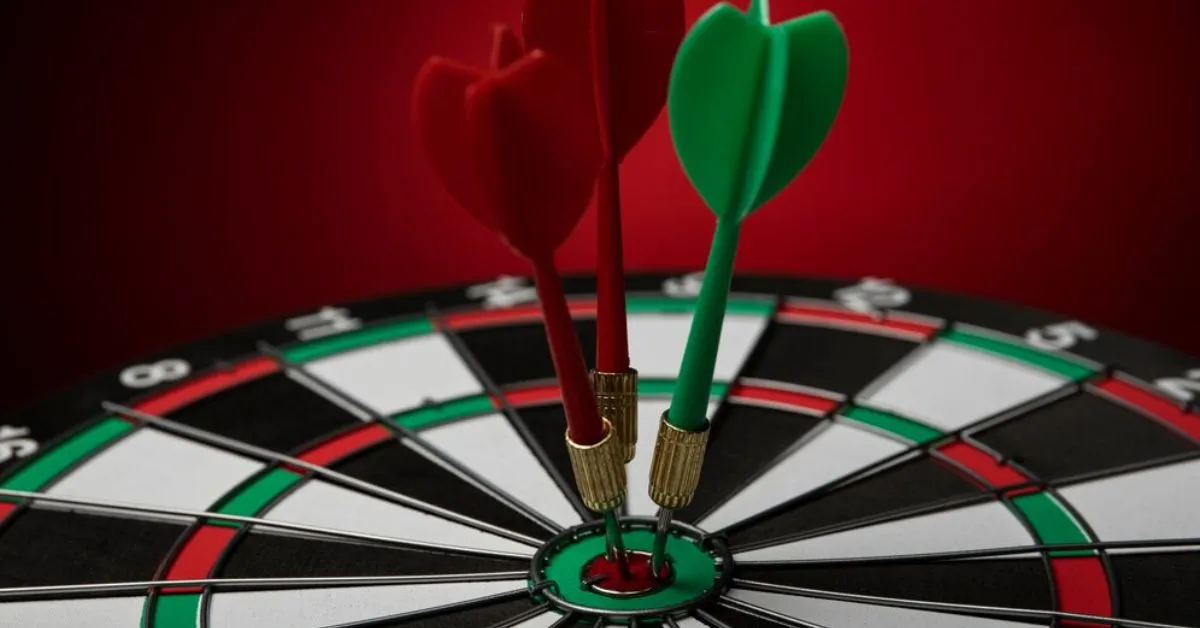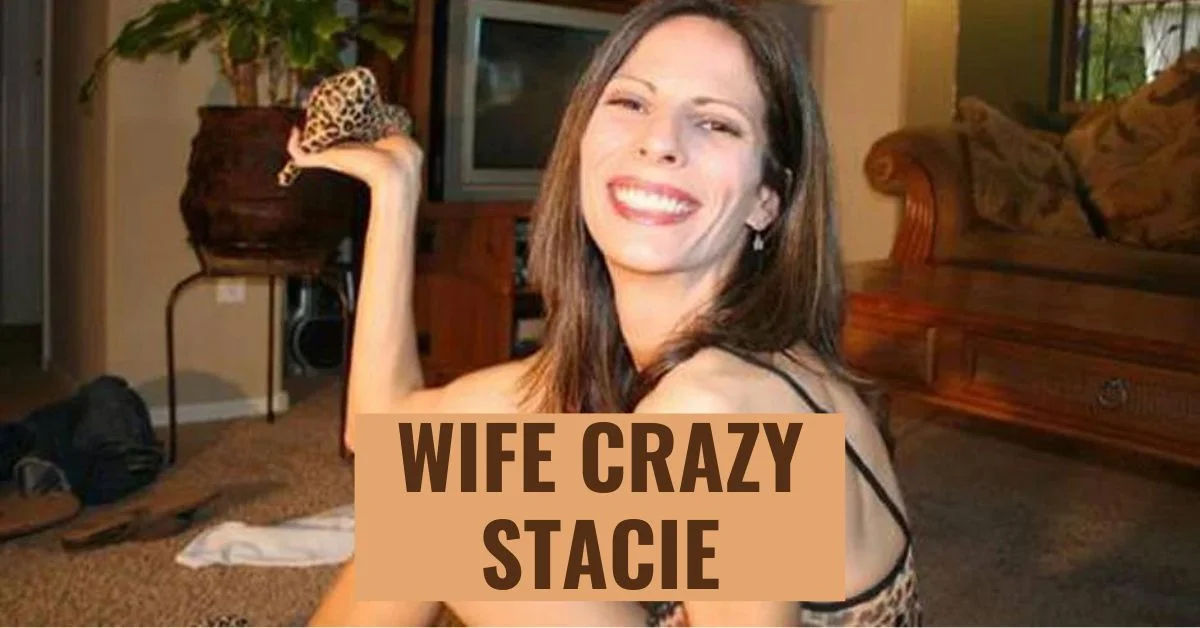HEALTH
Resources for Releasing and Healing Your Core Wounds
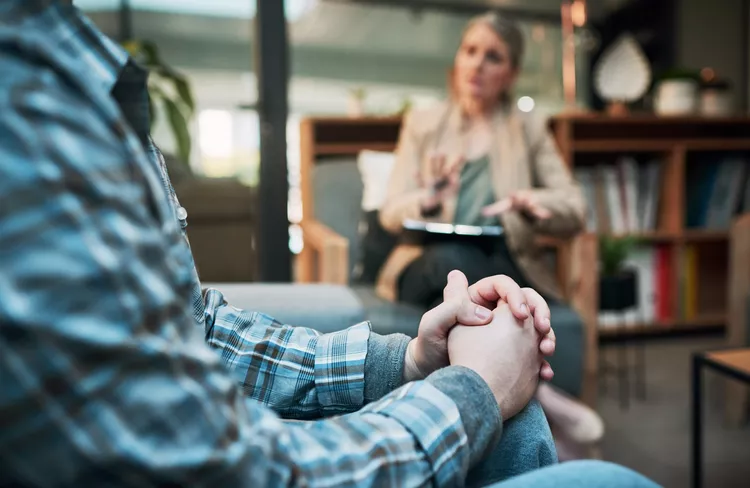
The journey toward emotional well-being often involves confronting and healing the deep-seated injuries we carry within us, known as core wounds. These wounds, typically developed in childhood, can shape our identity, influence our behavior, and affect our relationships throughout life. Healing these primal wounds is crucial for achieving personal growth and overall mental health. In this article, we explore ways to understand, identify, and heal these core wounds, equipping you with the tools necessary to undertake this transformative work. Keep reading to embark on a path toward inner healing and self-discovery.
Techniques for Identifying Your Core Wounds
Identifying core wounds can be a delicate process, often requiring introspection and honesty. Mindfulness practices such as meditation and journaling are instrumental in uncovering these hidden parts of our psyche. By staying present with our emotions without judgment, we allow the wounds to reveal themselves organically, which is an essential step in the healing process.
Another effective technique involves the observation of patterns in one’s life. Relationships, career choices, and recurring emotional responses are areas where these wounds may play out. A pattern of choosing distant or unavailable partners, for example, may point to a core wound surrounding abandonment or self-worth. Such insights are valuable clues in the detective work of self-discovery.
Body-based therapies, like somatic experiencing or trauma-informed yoga, provide a somatic approach to identifying core wounds. The body often holds onto trauma and stress in ways that the mind may have forgotten or repressed. Through these modalities, individuals can reconnect with their bodies, often unveiling the emotional pain that’s been stored physically.
Integrating Professional Therapy and Self-Help Resources
While personal efforts are invaluable in the healing process, professional therapy offers structured support and guidance. Psychologists and therapists trained in trauma recovery can offer insights and strategies tailored to individual needs. Therapy provides a safe space to explore one’s wounds and can be instrumental in facilitating deep emotional healing.
Self-help resources, including books, online courses, and guided meditations, complement professional therapy by offering additional support and education. These resources can be accessed at one’s own pace, allowing for continuous personal development outside the therapy sessions. They can also serve as important tools for empowerment, instilling hope, and determination in the healing journey.
When integrating professional therapy with self-help methods, it’s essential to maintain a balanced approach. Too much self-help without professional guidance can lead to overwhelm or misdirection. Conversely, relying solely on therapy without engaging in self-reflection or application may limit progress. A collaborative approach leverages the strengths of both avenues.
Cultivating Self-Compassion and Resilience for Ongoing Healing
At the heart of healing core wounds lies the practice of self-compassion. Recognizing that our wounds do not define us, and treating ourselves with kindness and understanding is paramount. Self-compassion fosters resilience, empowering us to approach the healing process with patience and care.
Resilience is not about avoiding pain or trauma but about developing the strength to face and move through life’s challenges. As we cultivate resilience, we learn that our wounds can become sources of wisdom and growth, rather than perpetual sources of suffering. This shift in perspective is crucial for ongoing healing.
Building a community of support is also vital for cultivating resilience. Connecting with others who respect and affirm our experiences can provide strength and encouragement. Whether through support groups, friendships, or family, nurturing these relationships is a key component of a resilient lifestyle.
Holistic Approaches To Healing Emotional Trauma
Healing core wounds requires a holistic approach, acknowledging the interconnection between mind, body, and spirit. Traditional talk therapy can provide support and clarity, but sometimes it needs to be complemented with alternative healing modalities. Holistic therapies aim to address the emotional, physical, and energetic aspects of the individual, creating a comprehensive healing experience.
Energy work, including practices such as Reiki, acupuncture, or healing touch, can help address the energetic blockages that often accompany emotional wounds. These modalities can assist in releasing stuck energy and promote a sense of balance and well-being. Combined with traditional therapies, these practices can enhance emotional release and recovery.
For those seeking a deeper spiritual connection as part of their healing journey, Sedona spiritual retreats offer a nurturing environment to explore and heal core wounds. The serene setting, combined with the guidance of experienced facilitators, can provide space for transformative inner work and spiritual growth.
Overall, healing core wounds demands patience, courage, and a holistic approach. It involves recognizing and understanding these deep-seated injuries, utilizing various techniques to address them, and integrating both professional support and self-help resources. By cultivating self-compassion and resilience, individuals can navigate the healing process with grace, transforming pain into a profound source of strength and wisdom.
HEALTH
Everything About /Liveamoment.org/
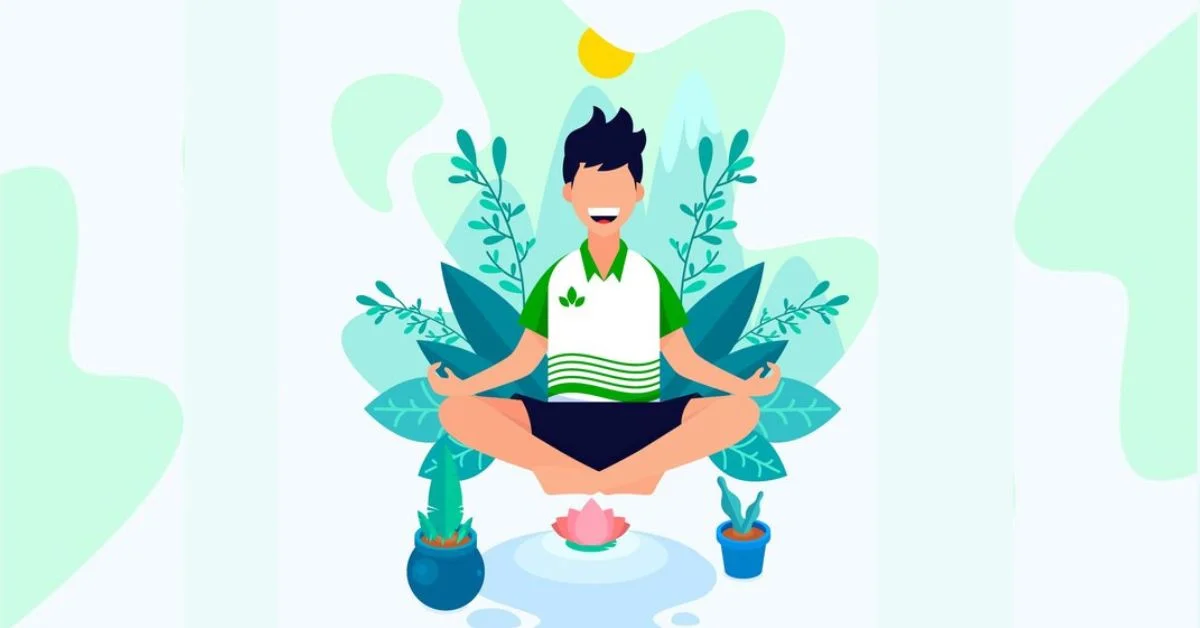
In a world where stress and anxiety often reign, finding moments of peace and calm can feel like an elusive dream. However, with the rise of digital wellness platforms, such as /liveamoment.org/, this dream is becoming a reality for many individuals seeking solace in the chaos of everyday life.
What is liveamoment.org?
/liveamoment.org/ is an innovative online platform dedicated to promoting mental well-being and mindfulness through a variety of guided meditations, relaxation techniques, and mindfulness exercises. Designed with user experience and accessibility in mind, this platform aims to empower individuals to cultivate a sense of inner peace and resilience in their daily lives.
The Purpose Behind /liveamoment.org/
At its core, /liveamoment.org/ is driven by a mission to democratize access to mental health resources and support. Recognizing the growing need for accessible and affordable tools to manage stress and improve overall well-being, the creators of liveamoment.org sought to develop a platform that could serve as a virtual sanctuary for users seeking refuge from the pressures of modern life.
How Does /liveamoment.org/ Work?
Utilizing a combination of audio-based guidance and immersive visual conten offers /liveamoment.org/ users a personalized journey towards mindfulness and relaxation. Whether it’s a brief meditation session during a hectic workday or a soothing bedtime ritual to unwind before sleep, the platform provides a diverse range of experiences tailored to individual preferences and needs.
ALSO READ: THE IMPORTANCE OF MEN’S THERAPY FOR EMOTIONAL WELL-BEING
Benefits of Using /liveamoment.org/
- Mental Health Benefits: Engaging with the content on /liveamoment.org/ has been shown to reduce symptoms of anxiety, depression, and stress, while promoting greater emotional resilience and self-awareness.
- Productivity Enhancement: By incorporating regular mindfulness practices into their routine, users report improved focus, concentration, and productivity in various aspects of their lives.
- Stress Reduction: The soothing nature of the guided meditations and relaxation exercises offered on liveamoment.org helps to alleviate tension and promote a sense of calm and balance.
Features of /liveamoment.org/
- Guided Meditations: Whether you’re a beginner or an experienced practitioner, liveamoment.org offers a diverse library of guided meditations to suit your needs, ranging from brief mindfulness exercises to longer deep relaxation sessions.
- Mindfulness Exercises: From mindful breathing techniques to body scans and visualization practices, liveamoment.org provides a multitude of exercises designed to cultivate present-moment awareness and acceptance.
- Relaxation Techniques: Ease tension and release stress with the help of liveamoment.org’s collection of relaxation techniques, including progressive muscle relaxation, autogenic training, and yoga nidra.
Accessibility and Availability
One of the key strengths of liveamoment.org lies in its accessibility and availability. With a user-friendly interface and seamless integration across various devices, including smartphones, tablets, and desktop computers, users can access the platform anytime, anywhere.
User Experience and Interface
Navigating /liveamoment.org/ is a breeze, thanks to its intuitive interface and streamlined user experience. Whether you’re a first-time visitor or a long-time member, you’ll find everything you need to embark on your mindfulness journey with ease.
ALSO READ: PAINSLTUBE: REDEFINING PAIN RELIEF
Testimonials and Success Stories
Don’t just take our word for it—hear from real users who have experienced the transformative power of liveamoment.org firsthand. From professionals seeking stress relief to students looking to improve their focus and concentration, the testimonials speak volumes about the positive impact of the platform on people’s lives.
Integration with Daily Routine
One of the greatest strengths of liveamoment.org is its ability to seamlessly integrate into users’ daily routines. Whether it’s a morning meditation to start the day on the right foot or a midday mindfulness break to combat afternoon fatigue, the platform offers flexible options to suit any schedule.
Compatibility with Different Devices
No matter what device you prefer to use, liveamoment.org has you covered. Whether you’re at home, in the office, or on the go, you can access the platform from your smartphone, tablet, or computer with ease.
ALSO READ: KECVETO: THE INNOVATIVE SOLUTION FOR SUSTAINABLE AGRICULTURE
Safety and Security Measures
Your privacy and security are our top priorities. Rest assured that when you use liveamoment.org, your personal information and data are protected with state-of-the-art encryption and security protocols.
Subscription Plans and Pricing
Unlock the full potential of liveamoment.org with a subscription plan that fits your needs and budget. Choose from monthly, quarterly, or annual options, and gain access to exclusive content, features, and benefits.
Comparison with Similar Platforms
While there are many mindfulness and meditation platforms available today, liveamoment.org stands out for its user-friendly interface, diverse content library, and affordable pricing plans. Compare for yourself and discover why so many people are choosing liveamoment.org for their mental wellness needs.
Conclusion: Embracing the Potential of /liveamoment.org/
In a world where stress and uncertainty are all too common, /liveamoment.org/ offers a beacon of hope and healing for those seeking refuge from the chaos of everyday life. With its user-friendly interface, diverse content library, and affordable pricing plans, this innovative platform is empowering individuals to cultivate greater peace, balance, and resilience in their lives.
ALSO READ: UNLOCKING WELLNESS: THE TRENDZGURUJI.ME HEALTH REVOLUTION
FAQs
Is liveamoment.org suitable for beginners?
Absolutely! liveamoment.org offers a variety of beginner-friendly guided meditations and mindfulness exercises to help you get started on your journey towards greater well-being.
Can I access liveamoment.org on my smartphone?
Yes, liveamoment.org is fully compatible with smartphones, tablets, and other mobile devices, allowing you to practice mindfulness anytime, anywhere.
Are there any free resources available on liveamoment.org?
While liveamoment.org offers some free content, access to the full library of guided meditations and relaxation exercises requires a subscription.
How often should I use liveamoment.org to experience benefits?
The frequency of use depends on your individual needs and preferences. Some users find daily practice beneficial, while others prefer a more flexible approach. Experiment to find what works best for you.
Is liveamoment.org suitable for children and teenagers?
Yes, liveamoment.org offers mindfulness exercises specifically designed for children and teenagers, helping them develop valuable coping skills and emotional resilience from a young age.
HEALTH
Discovering Quetaquenosol: A Journey to Vitality
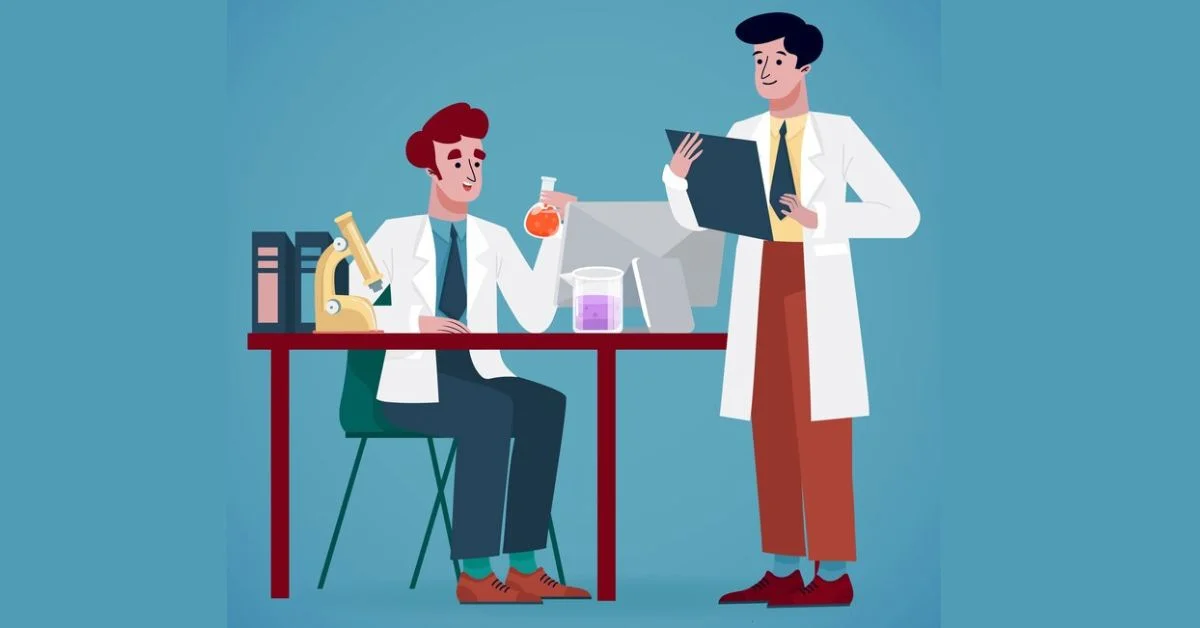
Introduction to Quetaquenosol
Are you ready to explore an ancient secret that could transform your approach to health and vitality? Welcome to the world of quetaquenosol, a remarkable substance with roots deeply embedded in history. This little-known gem is gaining attention for its impressive health benefits and versatility. Whether you’re looking to boost your energy levels or enhance overall wellness, quetaquenosol might just be the answer you’ve been searching for. Join us on this journey as we uncover everything there is to know about quetaquenosol and how it can work wonders in your daily life. Let’s dive in!
The History and Origins of Quetaquenosol
Quetaquenosol has a rich and intriguing history that dates back centuries. Its origins can be traced to ancient civilizations, where it was revered for its healing properties.
Cultural practices surrounding this substance were deeply intertwined with the daily lives of indigenous tribes. They harvested Quetaquenosol from specific plants believed to hold mystical powers.
The first documented uses appeared in herbal texts, showcasing its significance in traditional medicine. Healers recognized its potential long before modern science took notice.
As explorers ventured into remote territories, they encountered Quetaquenosol and began sharing knowledge about its benefits with the wider world. This exchange sparked interest among scholars and health enthusiasts alike.
Today, many people seek out this natural remedy not only for its historical value but also for the vitality it promises to bring into their lives.
The Health Benefits of Quetaquenosol
Quetaquenosol is gaining attention for its numerous health benefits. This remarkable substance is packed with essential nutrients that can enhance overall well-being.
Studies suggest it may support immune function, helping to ward off illnesses and infections. Its antioxidant properties combat oxidative stress, promoting cellular health.
Additionally, quetaquenosol has anti-inflammatory effects that could alleviate discomfort from various conditions. Incorporating this powerhouse into your diet might also boost energy levels and improve mental clarity.
Many users report improved digestion as another benefit of quetaquenosol. This natural ingredient seems to aid in maintaining a healthy gut microbiome.
With such diverse advantages, it’s no wonder people are eager to explore the potential of quetaquenosol in their wellness routines. The journey towards better health may just start with adding this unique compound to your life.
How to Incorporate Quetaquenosol into Your Daily Routine?
Incorporating quetaquenosol into your daily life can be a simple yet rewarding experience. Start your morning by adding a scoop of quetaquenosol powder to your smoothie or yogurt. This boosts both flavor and nutrition.
For an afternoon pick-me-up, consider mixing it into herbal tea or warm water with lemon. The soothing properties can provide a refreshing energy lift without the jitters.
If you enjoy cooking, try sprinkling quetaquenosol onto salads or grain bowls for added texture and health benefits. It blends well with various ingredients while enhancing the dish’s nutritional profile.
Don’t forget about snacks! Combine quetaquenosol with nut butter for an energizing dip paired with fruits or whole-grain crackers.
Experimenting is key; discover what works best for you in terms of taste and routine integration. Your journey toward vitality starts here!
Personal Experiences with Quetaquenosol
Many people have shared transformative experiences with quetaquenosol. For some, it became a daily ritual that sparked a newfound energy. They noticed an uplift in mood and productivity.
One user described feeling more vibrant after incorporating it into their morning routine. Mornings were once sluggish; now, they start the day with enthusiasm.
Others have reported improvements in their overall well-being. Digestion seemed smoother, and fatigue faded into the background. It was almost as if quetaquenosol awakened something dormant within them.
Even athletes found benefits. Enhanced stamina during workouts led to noticeable gains in performance. The journey of exploring this supplement felt like discovering a hidden treasure.
As stories continue to emerge, it’s clear that each person’s experience varies but often highlights the potential of this remarkable substance.
Alternative Uses for Quetaquenosol
Quetaquenosol isn’t just a health powerhouse; it has alternative uses that may surprise you.
For instance, this remarkable substance can be blended into homemade skincare products. Its nourishing properties make it an excellent addition to face masks and moisturizers.
Many users have reported benefits when using Quetaquenosol in hair treatments as well. A few drops mixed with your favorite conditioner may promote shine and vitality.
In the culinary world, consider adding Quetaquenosol to smoothies or salad dressings for an extra nutrient boost. The subtle flavor won’t overpower your meals but will enhance their nutritional profile.
Craft enthusiasts are also finding creative ways to use Quetaquenosol in DIY projects, from aromatherapy blends to candle making. It adds a refreshing twist while offering therapeutic benefits through scent.
These alternative applications broaden its appeal beyond traditional consumption methods, showcasing the versatility of quetaquenosol’s in everyday life.
Where to Find and Purchase Quetaquenosol?
Finding quetaquenosol’s is easier than you might think. Many health food stores now carry this vibrant supplement, thanks to its rising popularity.
You can also explore local herbal shops. These places often have knowledgeable staff who can provide insight into how quetaquenosol’s could fit into your wellness routine.
Online retailers offer a vast array of options as well. Websites like Amazon or dedicated health product sites frequently stock quetaquenosol’s in various forms—powders, capsules, and extracts.
Before making a purchase, it’s wise to check the reviews and ratings from other customers. This helps ensure you’re getting a high-quality product that meets your expectations.
Consider looking for brands that prioritize organic sourcing and sustainable practices for added peace of mind. Always read labels carefully to understand what you’re buying so you can enjoy the full benefits of quetaquenosol’s.
Conclusion: Embracing the Power of Quetaquenosol
Quetaquenosol stands as a beacon of vitality and wellness in our fast-paced world. Its rich history intertwines with diverse cultures, showcasing its revered status over the ages. Today, more than ever, individuals are seeking natural remedies to enhance their well-being. The health benefits associated with quetaquenosol make it an appealing addition to any daily routine.
Incorporating quetaquenosol’s into your life can be simple and rewarding. Whether you choose to add it to meals or explore various forms like powders or supplements, the possibilities are plentiful. Many have shared personal experiences that highlight the energizing effects of this remarkable substance.
Beyond traditional uses, quetaquenosol’s has found its way into beauty routines and holistic practices as well. This versatility only adds to its allure for those pursuing a healthier lifestyle.
As awareness grows around where to find authentic quetaquenosol products, consumers can now access quality options online and in specialty stores. With so many avenues available, integrating quetaquenosol into your life is easier than ever before.
Embracing the power of quetaquenosol opens doors not just to enhanced physical health but also fosters a deeper connection with nature’s offerings. As we continue on our journey towards vitality, let us celebrate these gifts from the earth that inspire us every day.
ALSO READ: 0533205 Pressure Switch: Boosting System Efficiency
FAQs
What is “quetaquenosol”?
Quetaquenosol is a natural, plant-based substance with ancient origins, celebrated for its health-enhancing properties and versatility in wellness routines.
How does quetaquenosol‘s benefit your health?
It supports immune health, reduces inflammation, improves digestion, boosts energy, and promotes overall vitality through its rich antioxidant and nutrient profile.
Can quetaquenosol’s be used in cooking or drinks?
Yes! Quetaquenosol’s can be added to smoothies, teas, salads, or even nut-butter dips. It blends easily with most ingredients without altering the flavor significantly.
Is quetaquenosol’s safe for daily use?
Generally, yes. When sourced from reputable brands and used in moderation, quetaquenosol’s is considered safe. Always consult with a healthcare provider before starting any supplement.
Where can I buy authentic quetaquenosol products?
You can find quetaquenosol online at health retailers, Amazon, or in local herbal and organic stores. Look for certified organic options with positive reviews.
HEALTH
Exploring the Anti-Aging Benefits of Organic Hemp Seed Oil
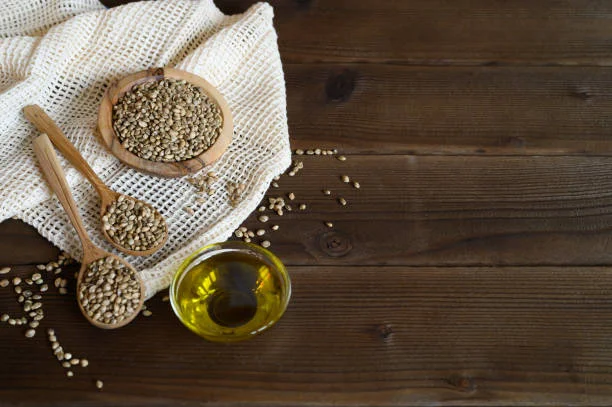
As the global demand for natural anti-aging solutions rises, consumers are turning away from synthetic ingredients toward plant-based, clean-label alternatives. Among the growing number of botanical oils, organic hemp seed oil has emerged as a star ingredient—renowned for its ability to nourish, protect, and rejuvenate the skin naturally.
Packed with essential fatty acids, antioxidants, and vitamins, hemp seed oil offers both topical and internal benefits that slow the visible signs of aging. For cosmetic formulators, nutraceutical brands, and wellness manufacturers, it represents a versatile, science-backed ingredient perfectly aligned with modern beauty-from-within trends.
Dive deeper into topics that matter—check out our related posts for insights.
The Nutrient Power Behind Organic Hemp Seed Oil
Derived from the cold-pressed seeds of the hemp plant (Cannabis sativa L.), organic hemp seed oil is rich in bioactive compounds that directly support youthful, healthy skin. Its key nutrients include:
- Omega-3 and Omega-6 fatty acids in a balanced 3:1 ratio — essential for maintaining skin hydration and elasticity.
- Gamma-Linolenic Acid (GLA) — known for its anti-inflammatory and barrier-restoring properties.
- Vitamin E — a potent antioxidant that combats free radicals responsible for skin aging.
- Phytosterols and polyphenols — plant compounds that help calm irritation and improve skin tone.
Together, these nutrients create a powerful synergy that promotes cell regeneration, collagen stability, and oxidative protection—the foundation of long-term anti-aging care.
Anti-Aging Benefits for Skin Health
1. Deep Hydration and Moisture Retention
Dryness and dehydration are among the first signs of aging. The essential fatty acids in hemp seed oil strengthen the skin’s lipid barrier, helping it retain moisture naturally. This results in softer, smoother, and more resilient skin.
2. Protection Against Environmental Damage
Environmental stressors—UV exposure, pollution, and blue light—generate free radicals that accelerate aging. The antioxidants and vitamin E in hemp seed oil help neutralize these radicals, preventing fine lines and wrinkles caused by oxidative stress.
3. Improved Skin Elasticity and Firmness
Omega-3 and GLA support collagen synthesis and skin structure, helping maintain firmness and reduce sagging. Regular use, both topically and through supplementation, can enhance skin texture and youthful tone.
4. Reduction of Inflammation and Redness
Chronic inflammation can lead to premature aging and uneven skin tone. Hemp seed oil’s anti-inflammatory profile helps calm irritation, making it suitable for sensitive and mature skin types.
Beyond Skincare: Anti-Aging from Within
The anti-aging potential of organic hemp seed oil isn’t limited to cosmetics—it also works from within when included in functional foods or nutraceuticals.
When consumed, hemp seed oil:
- Supports cellular health and regeneration through balanced omega nutrition.
- Improves metabolic and cardiovascular function, enhancing skin vitality from the inside.
- Boosts overall energy and immunity, contributing to a youthful, radiant appearance.
This dual-use capability—internal and topical application—positions hemp seed oil as a key ingredient in the growing “beauty-from-within” market.
Applications in Beauty and Wellness Formulations
Organic hemp seed oil can be incorporated into:
- Facial serums, creams, and night oils for hydration and regeneration.
- Anti-aging masks and cleansers to nourish and protect the skin barrier.
- Nutricosmetic supplements promoting internal collagen support.
- Functional foods and beverages for skin wellness and vitality.
Because of its light texture and fast absorption, hemp seed oil blends easily into both water-based and oil-based systems, offering formulation flexibility for product developers.
Clean-Label and Sustainable Beauty Ingredient
Today’s consumers want beauty products that are natural, ethical, and sustainable. Organic hemp seed oil aligns perfectly with these values:
- Certified organic and 100% plant-based
- Non-GMO and cold-pressed, ensuring nutrient integrity
- Vegan-friendly and free from synthetic chemicals or THC
- Low environmental footprint, as hemp cultivation improves soil health and biodiversity
By integrating hemp seed oil, brands can strengthen their eco-conscious positioning while offering scientifically supported anti-aging benefits.
Why Choose HEMPLAND as Your Hemp Seed Oil Partner
At HEMPLAND, we supply premium organic hemp seed oil tailored for both cosmetic and nutraceutical applications. Our oil is:
- Cold-pressed to preserve nutrients and natural antioxidants
- Rich in Omega-3, Omega-6, and GLA for anti-aging performance
- Available in bulk for beauty, wellness, and food manufacturing
- Backed by organic certification, traceability, and quality assurance
Whether you’re developing anti-aging skincare, beauty supplements, or functional wellness products, HEMPLAND provides a reliable, sustainable source of this high-value ingredient.
Organic hemp seed oil is more than just a natural moisturizer—it’s a complete anti-aging powerhouse. Its combination of essential fatty acids, antioxidants, and bioactive nutrients helps fight fine lines, restore elasticity, and promote radiant skin health, inside and out.
For brands looking to innovate in the clean beauty and wellness space, hemp seed oil delivers everything consumers want: visible results, natural purity, and sustainable origins.
With HEMPLAND’s organic hemp seed oil, you can craft next-generation anti-aging solutions that honor both human vitality and the planet.
Spotlight on must-read content! Check out our featured posts today.

 GENERAL4 months ago
GENERAL4 months ago5 Factors That Affect Tattoo Removal Success

 ENTERTAINMENT1 week ago
ENTERTAINMENT1 week agoExploring the Kristen Archives: A Treasure Trove of Erotica and More

 LIFESTYLE8 months ago
LIFESTYLE8 months agoThe Disciplinary Wives Club: Spanking for Love, Not Punishment

 TECHNOLOGY8 months ago
TECHNOLOGY8 months agoBlog Arcy Art: Where Architecture Meets Art

 LIFESTYLE2 months ago
LIFESTYLE2 months agoWho Is Sandra Orlow?

 ENTERTAINMENT10 months ago
ENTERTAINMENT10 months agoThe Ultimate Guide to Shillong Teer Hit Number: How to Predict Your Next Win

 GENERAL2 weeks ago
GENERAL2 weeks agoEverything About King Von Autopsy Report Details

 LIFESTYLE1 month ago
LIFESTYLE1 month agoWho Is Wife Crazy Stacie







